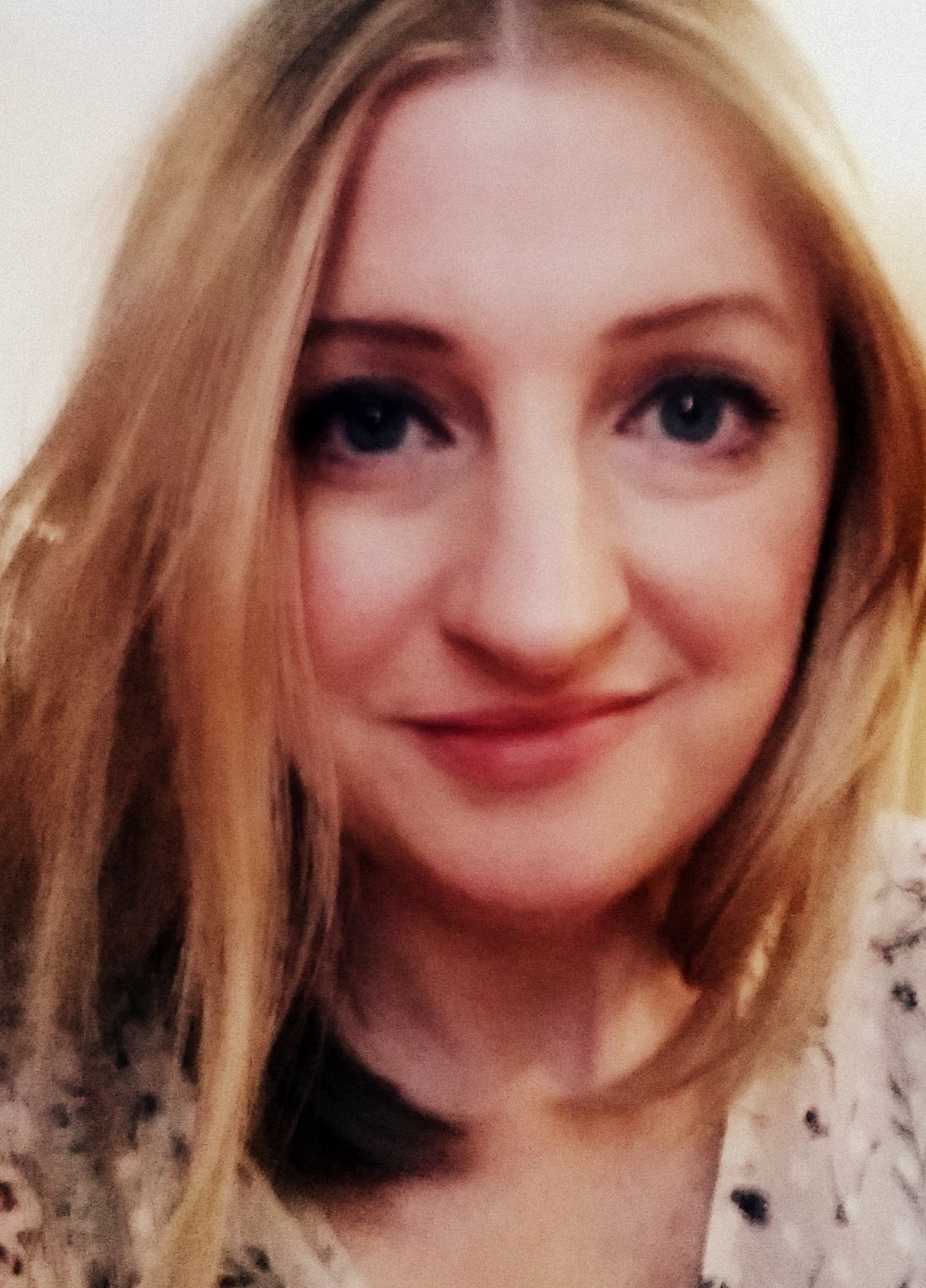730 reads
App Advertising on Google vs Apple: Comparing My Setup and Results
by
February 12th, 2021

Software developer. Writing on the side. Creator of game app, Bug Hop. Usually found thinking with pen in mouth.
About Author
Software developer. Writing on the side. Creator of game app, Bug Hop. Usually found thinking with pen in mouth.